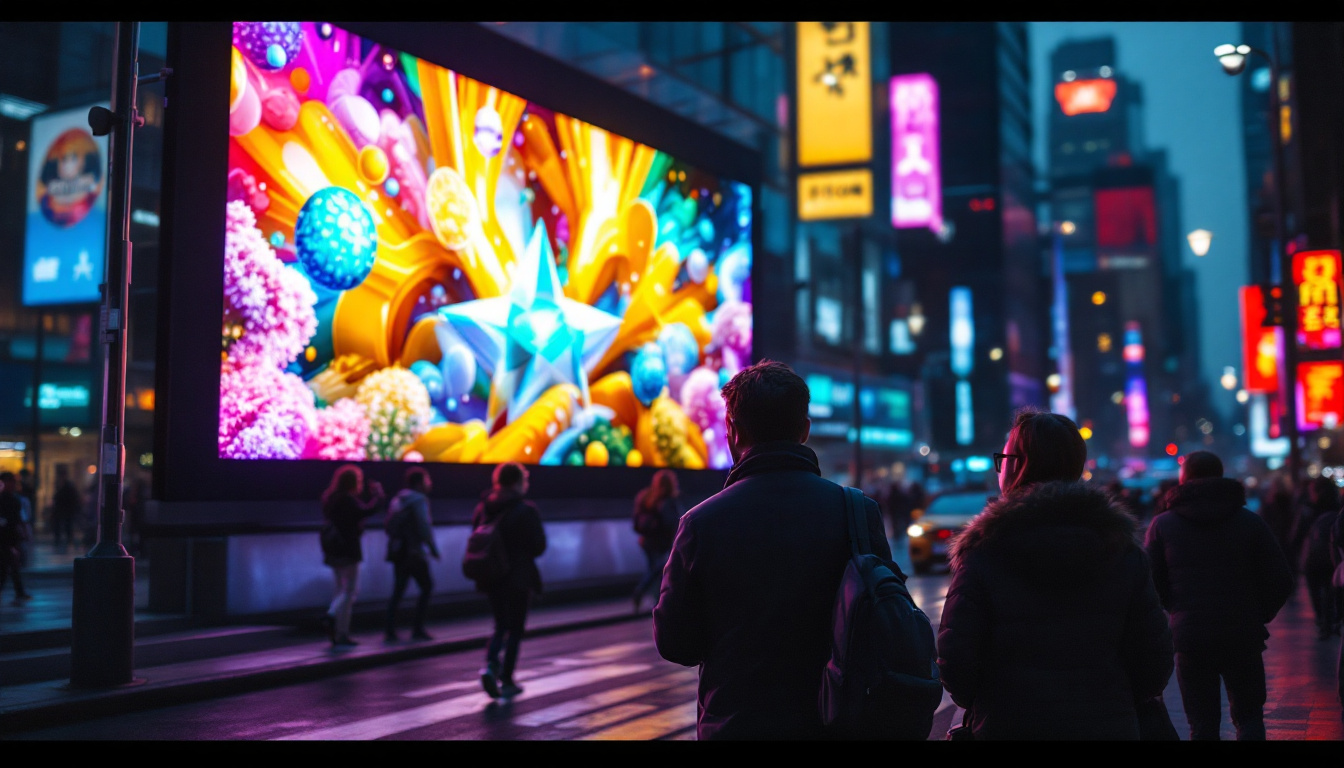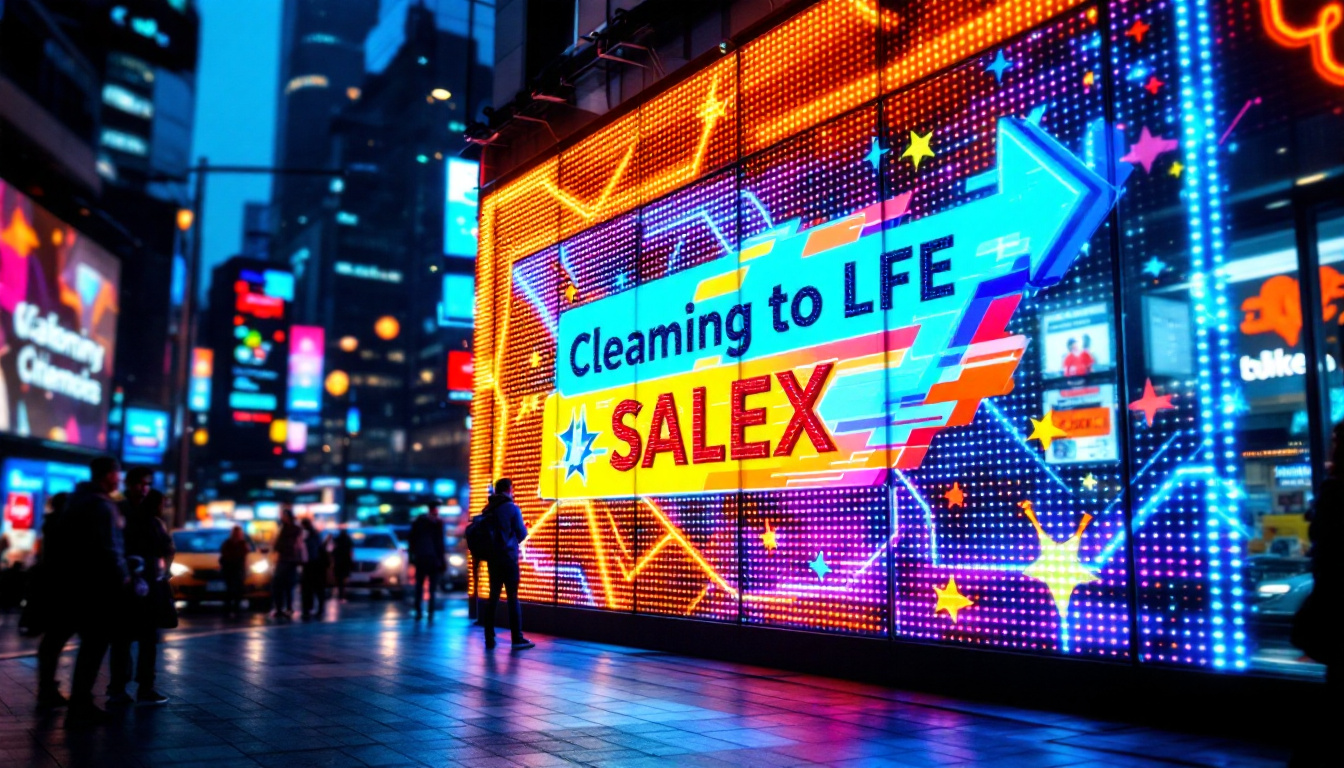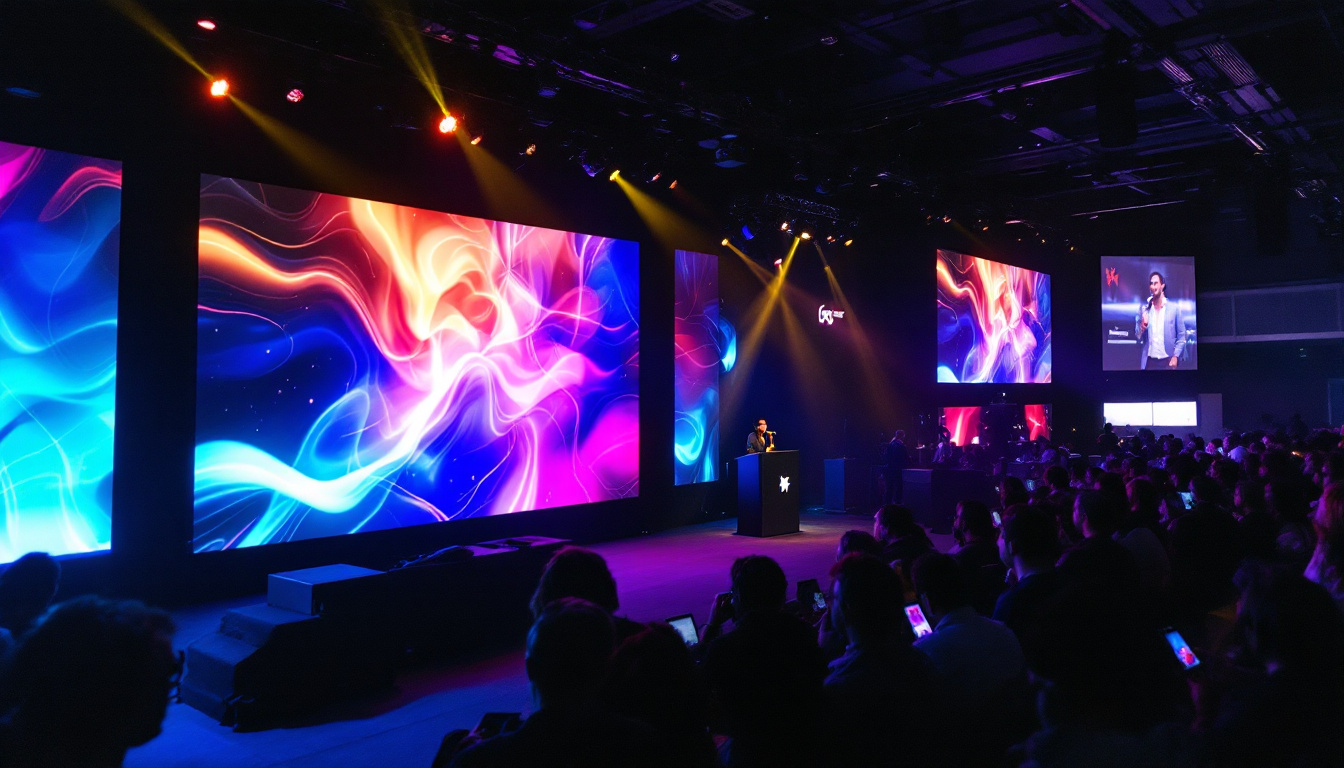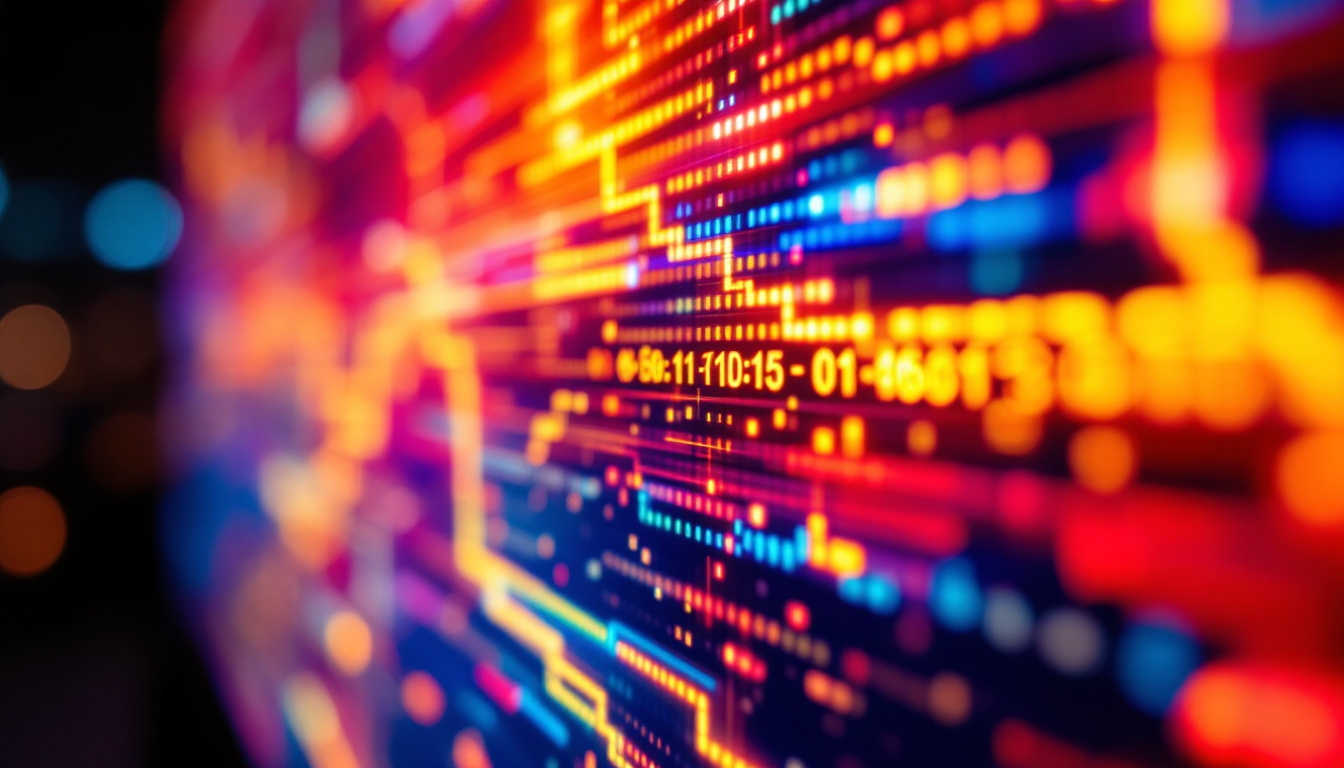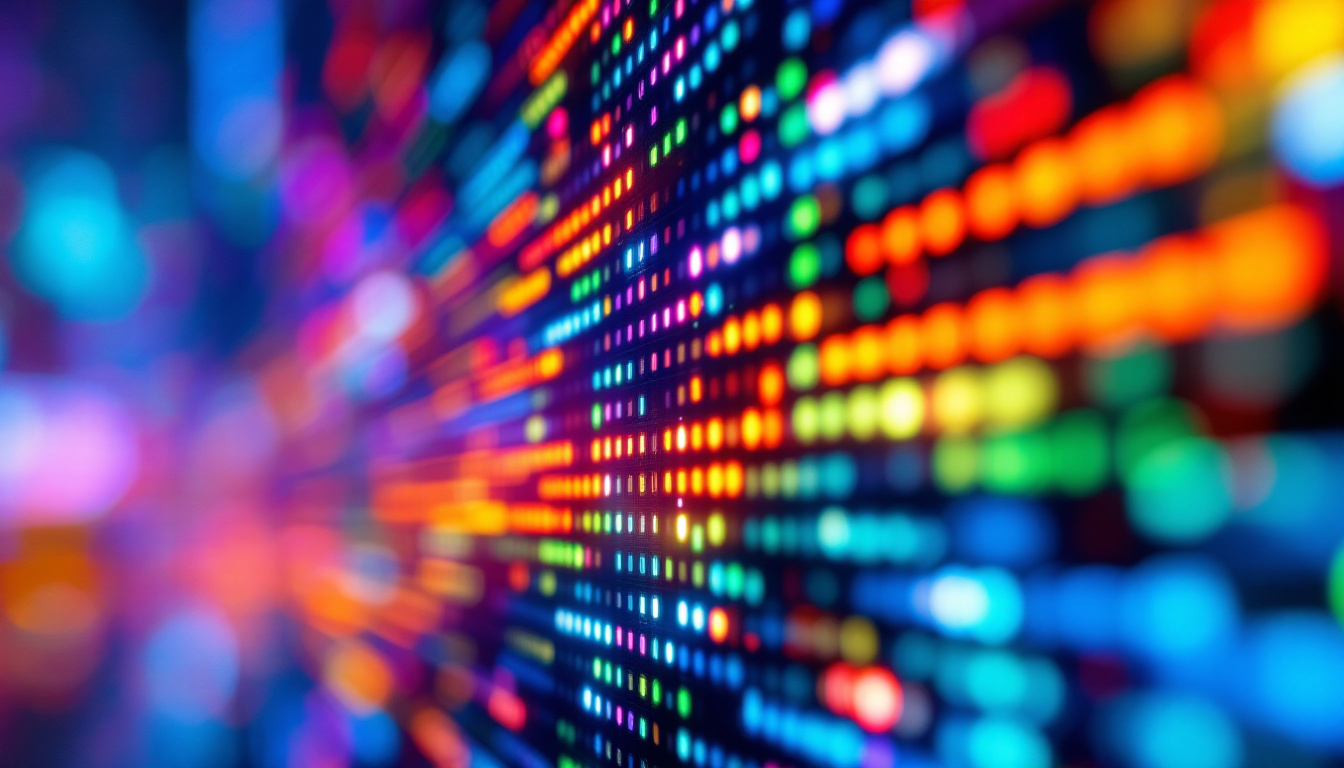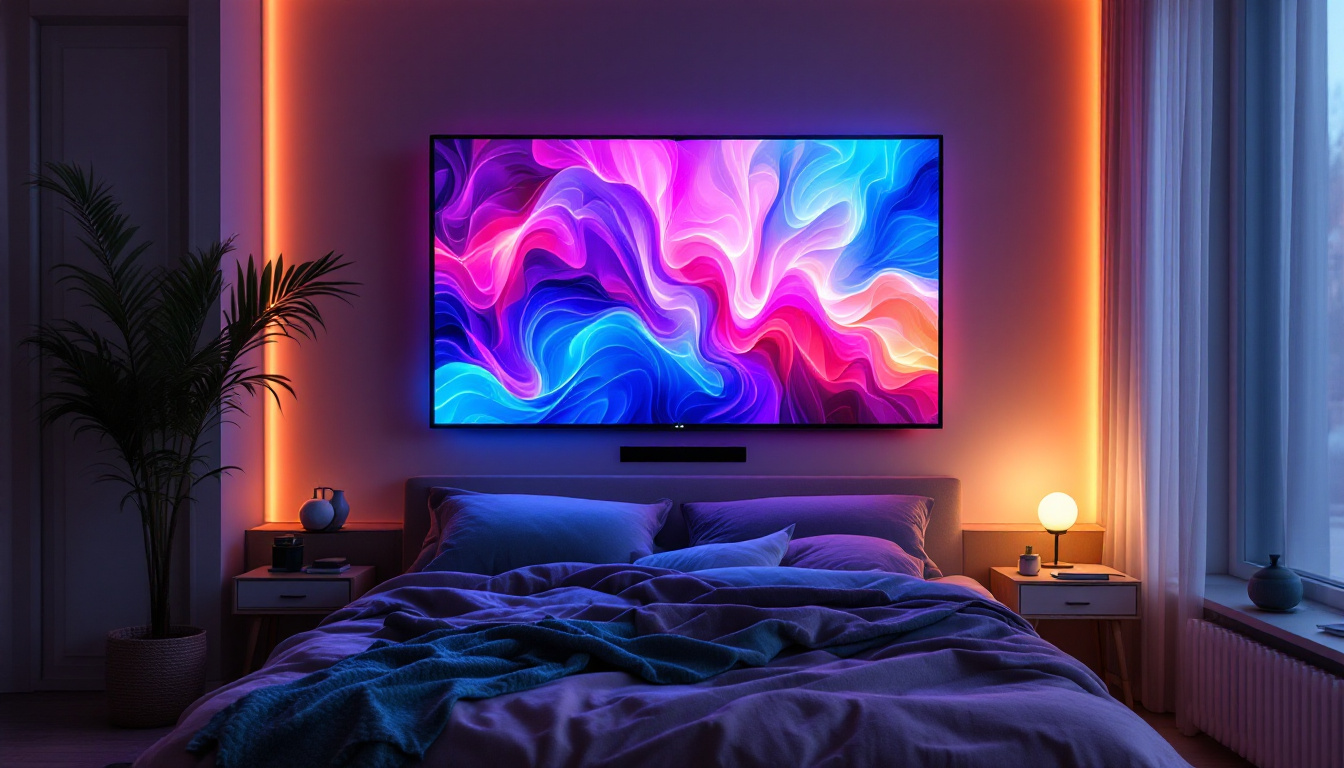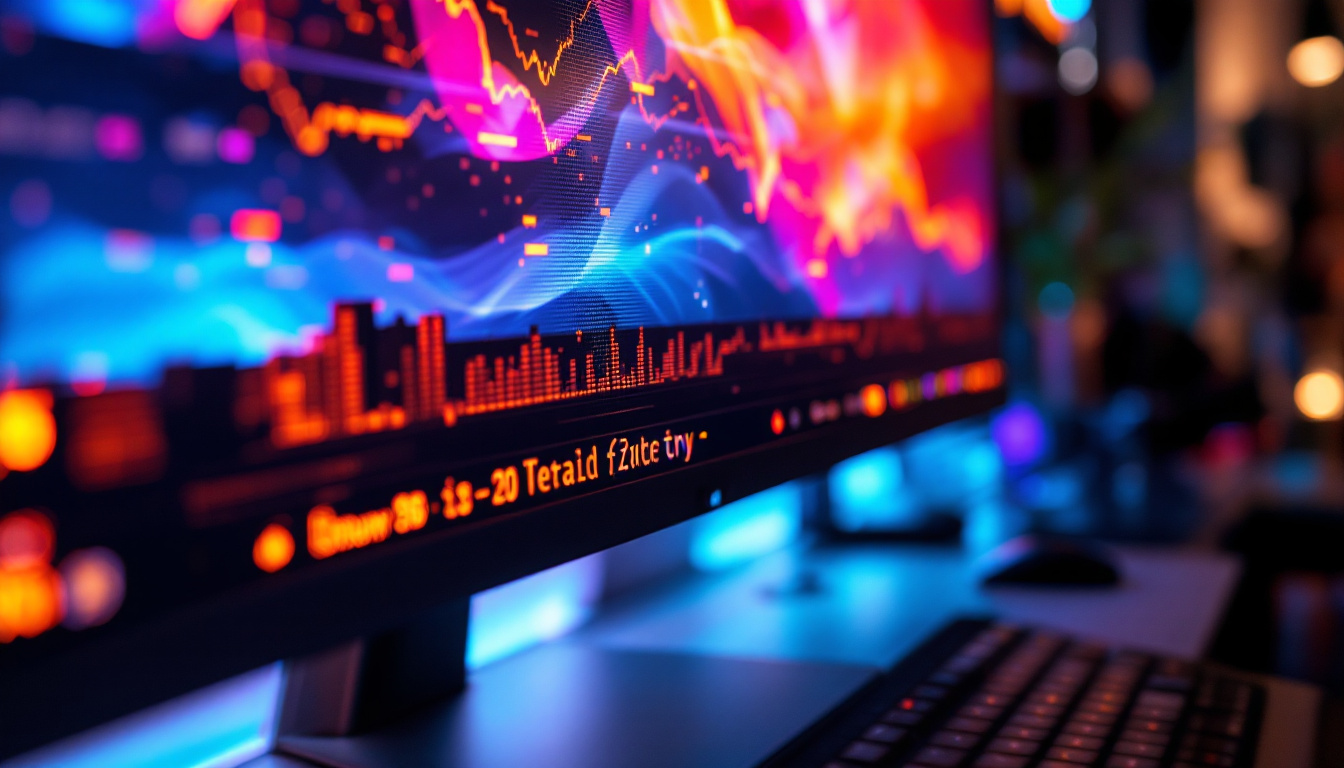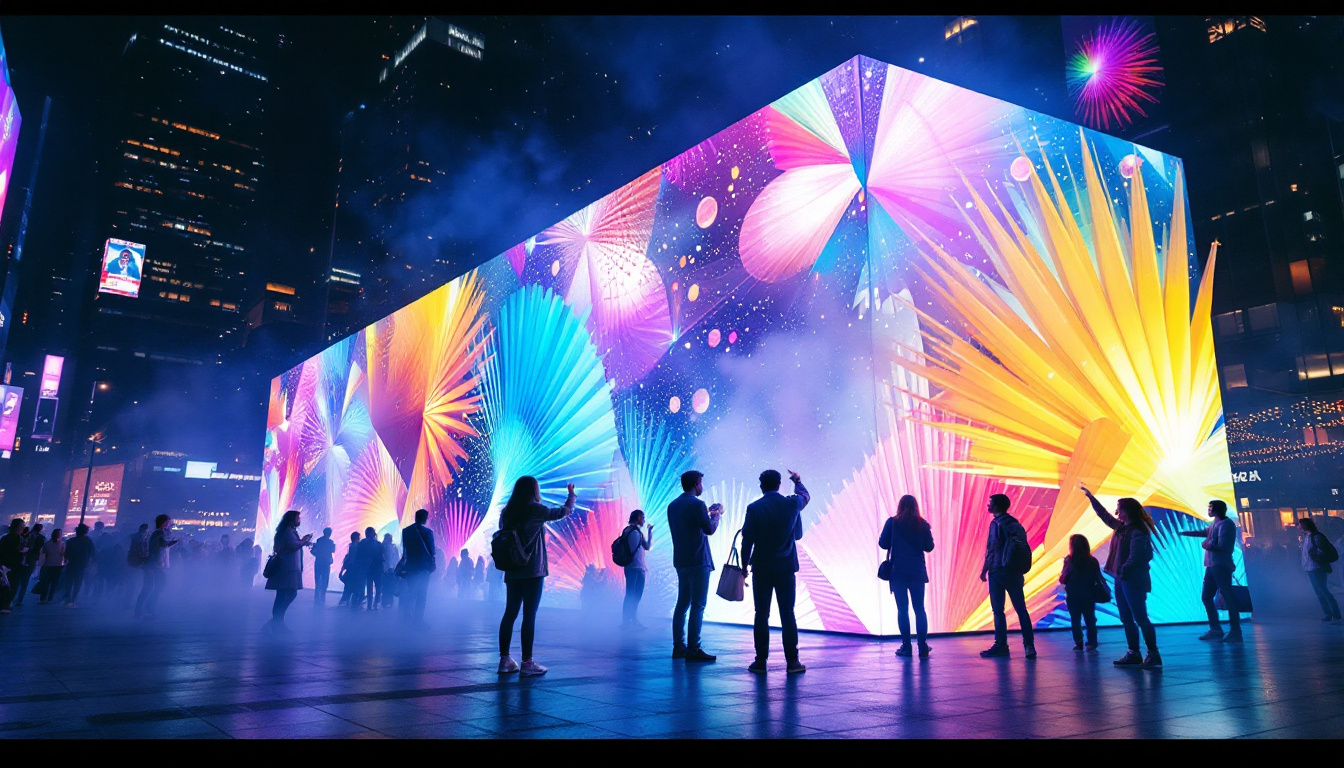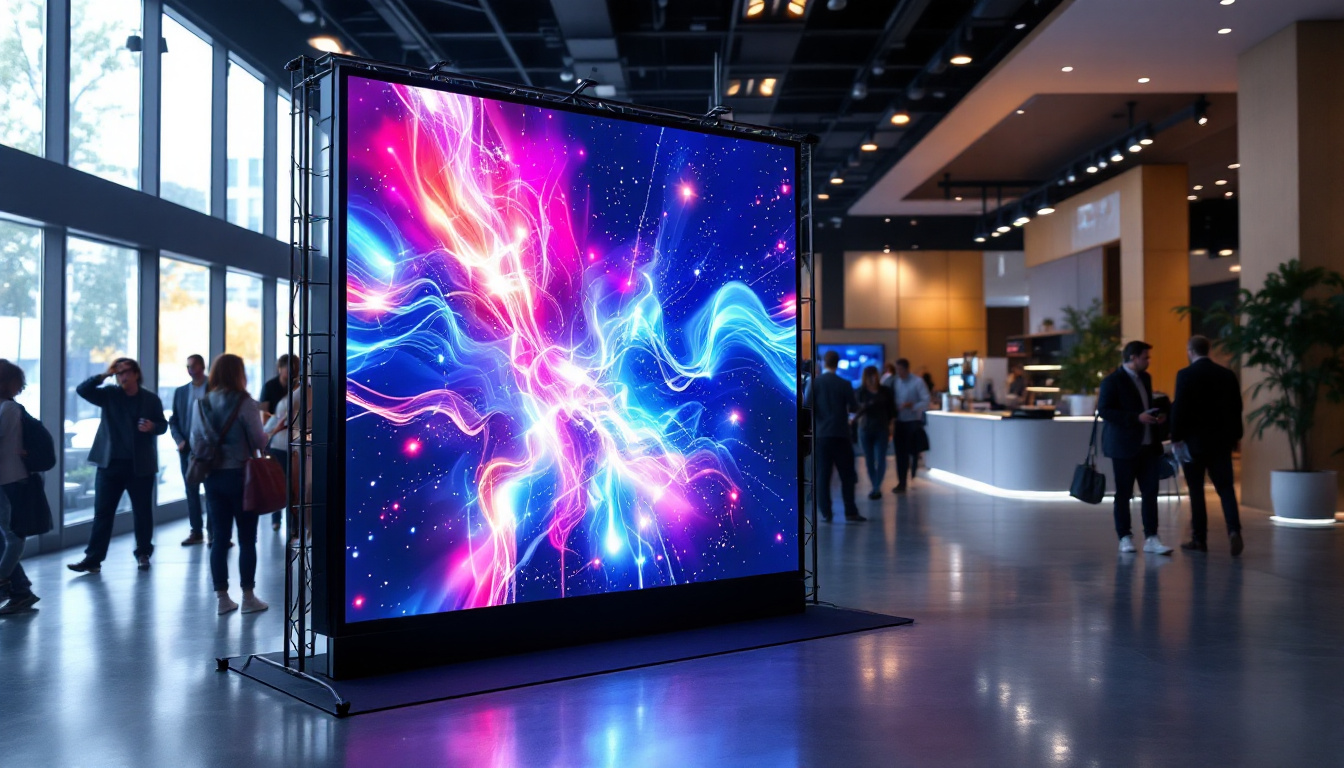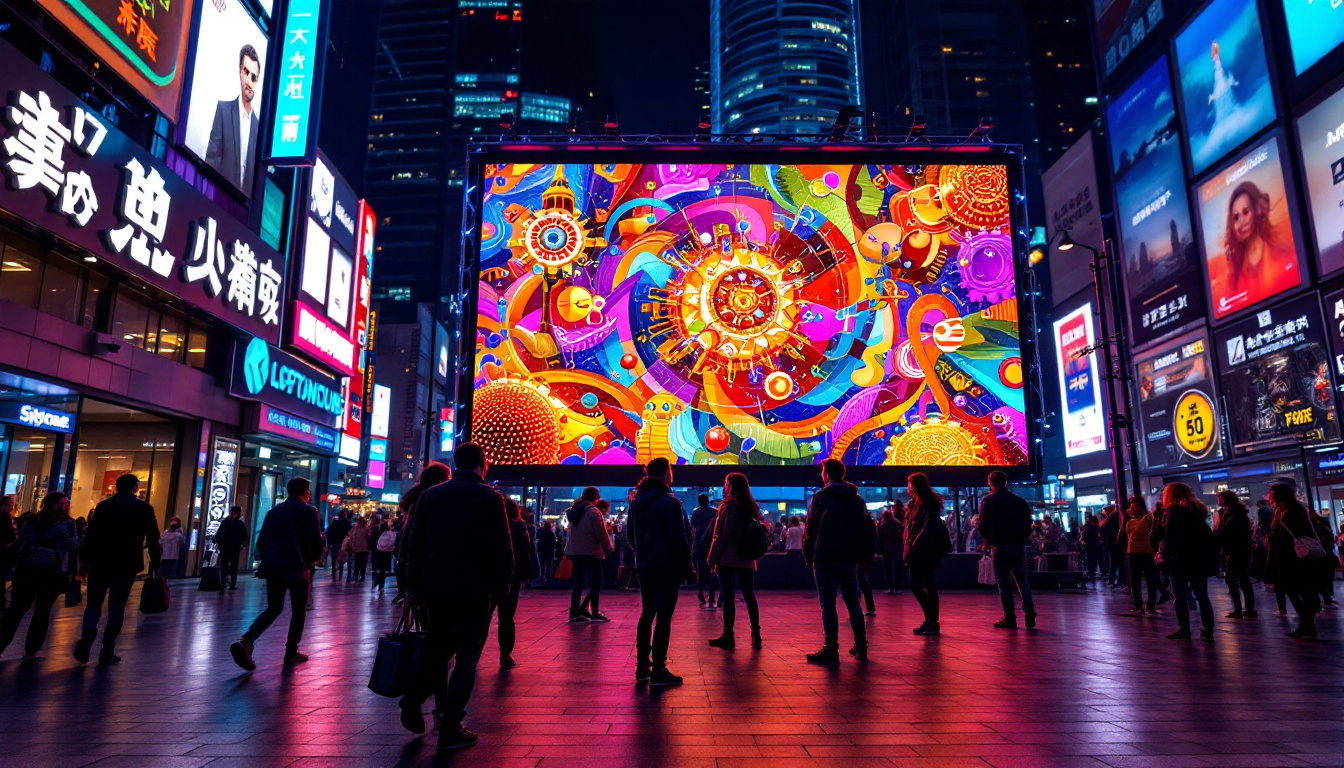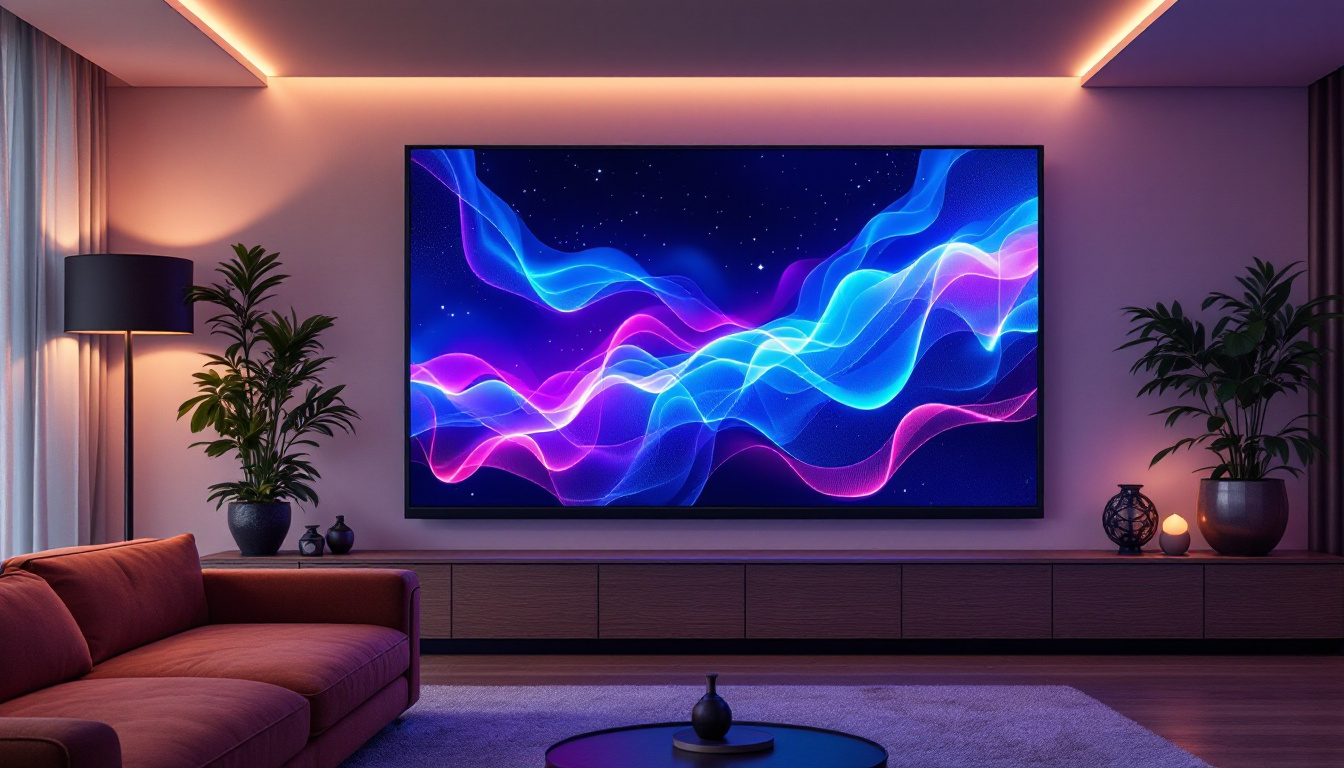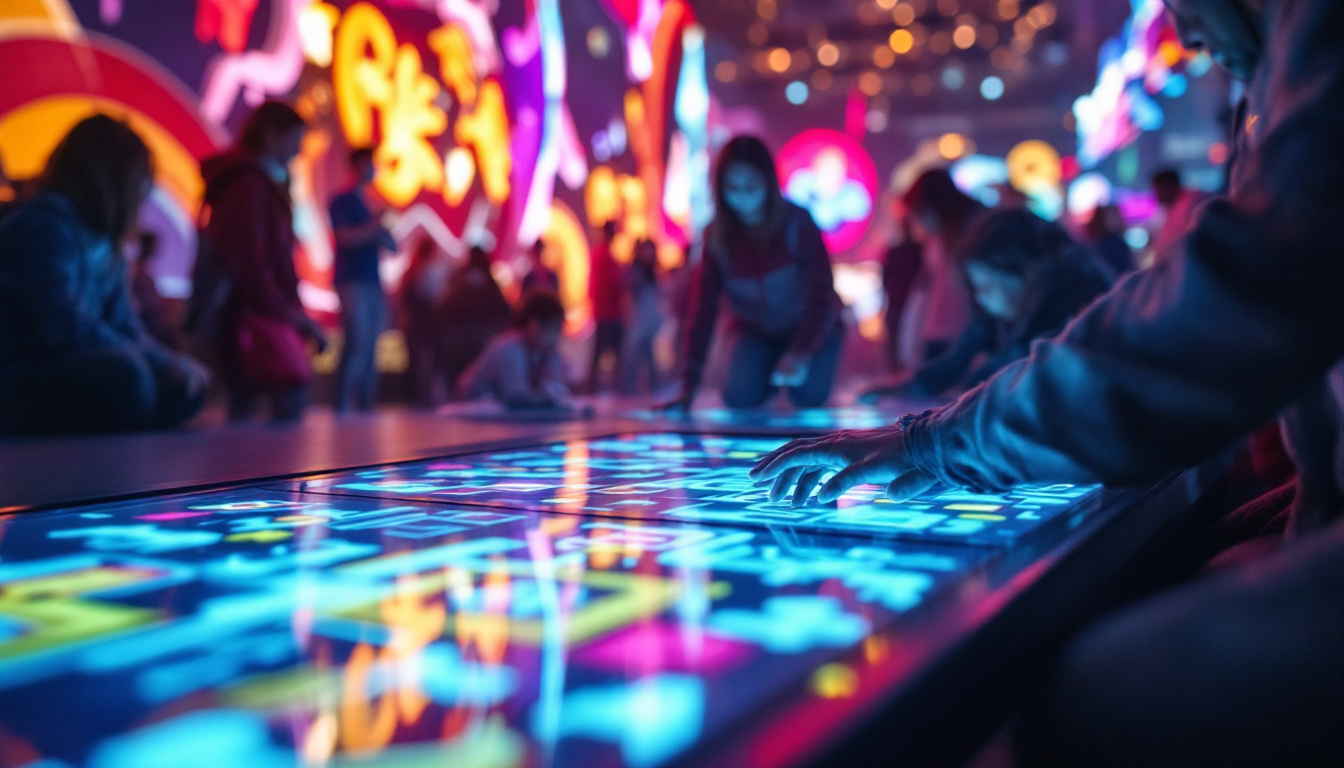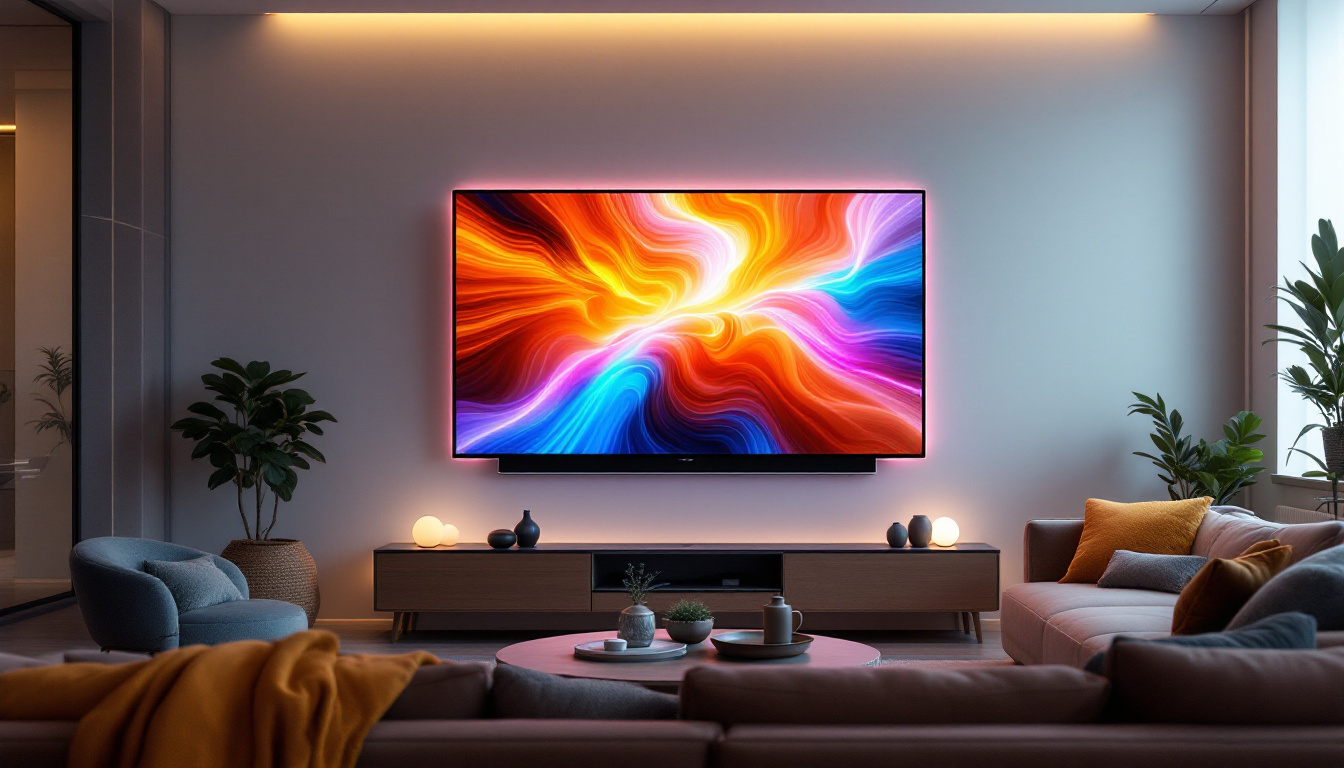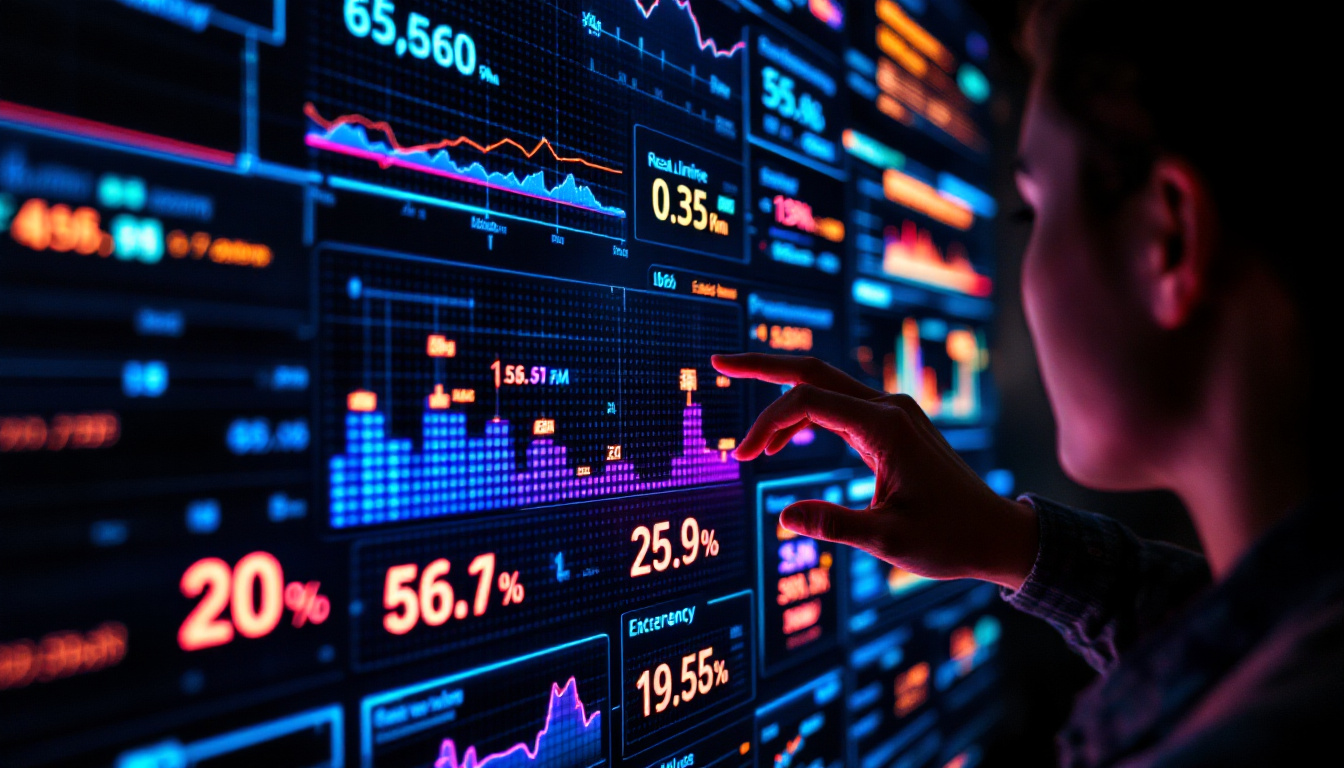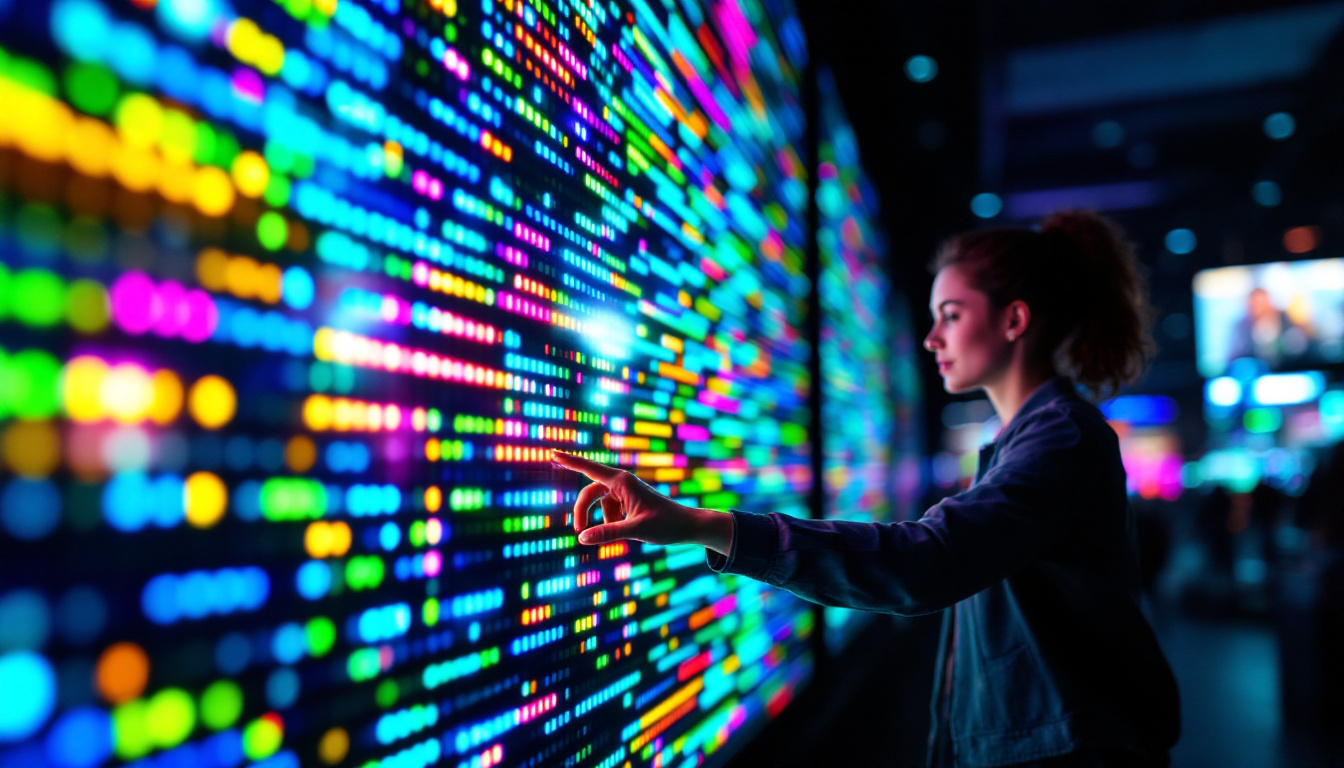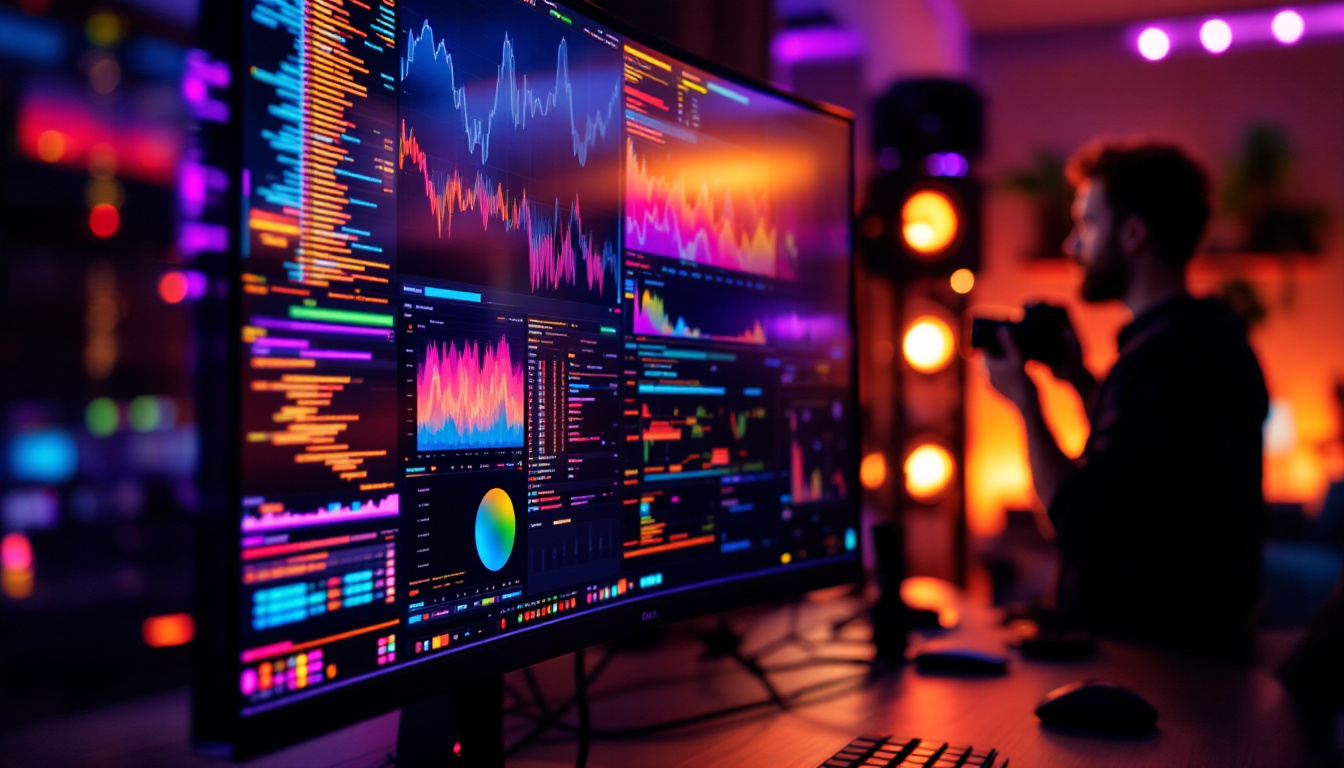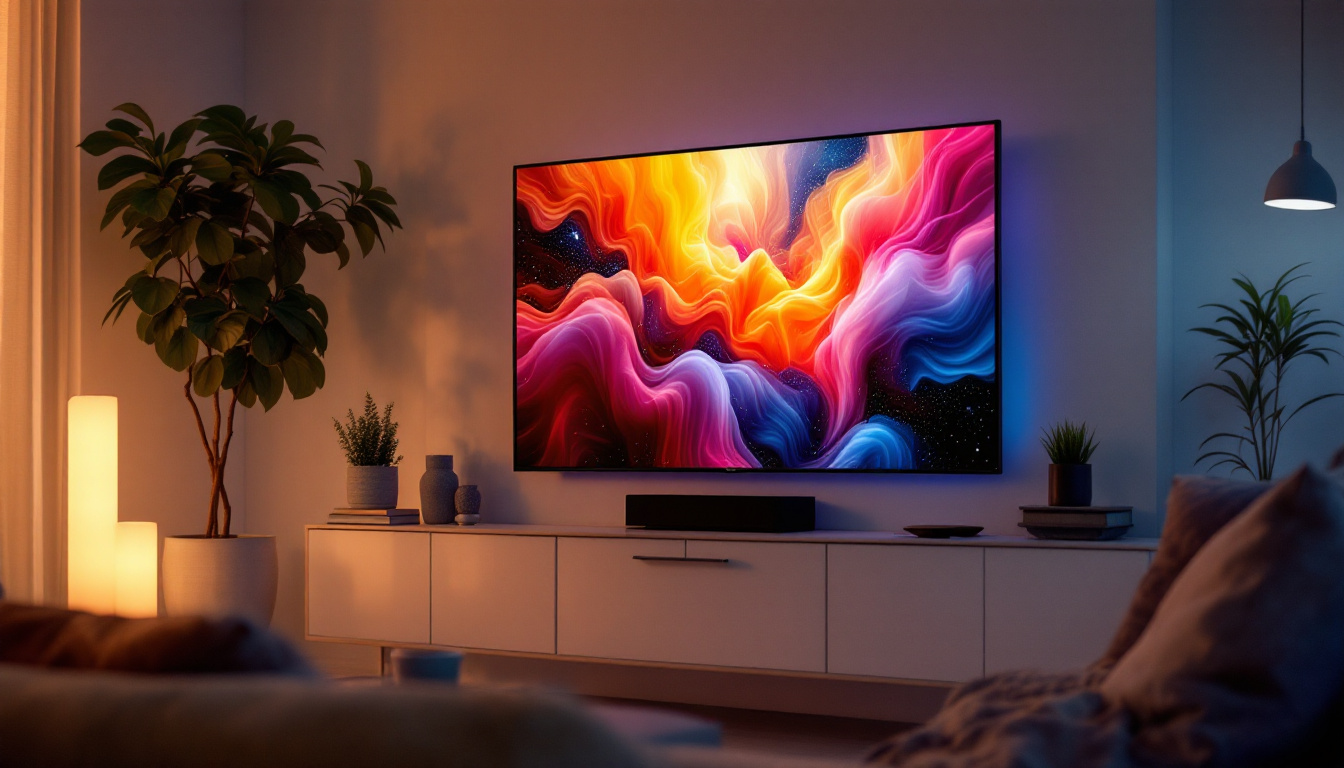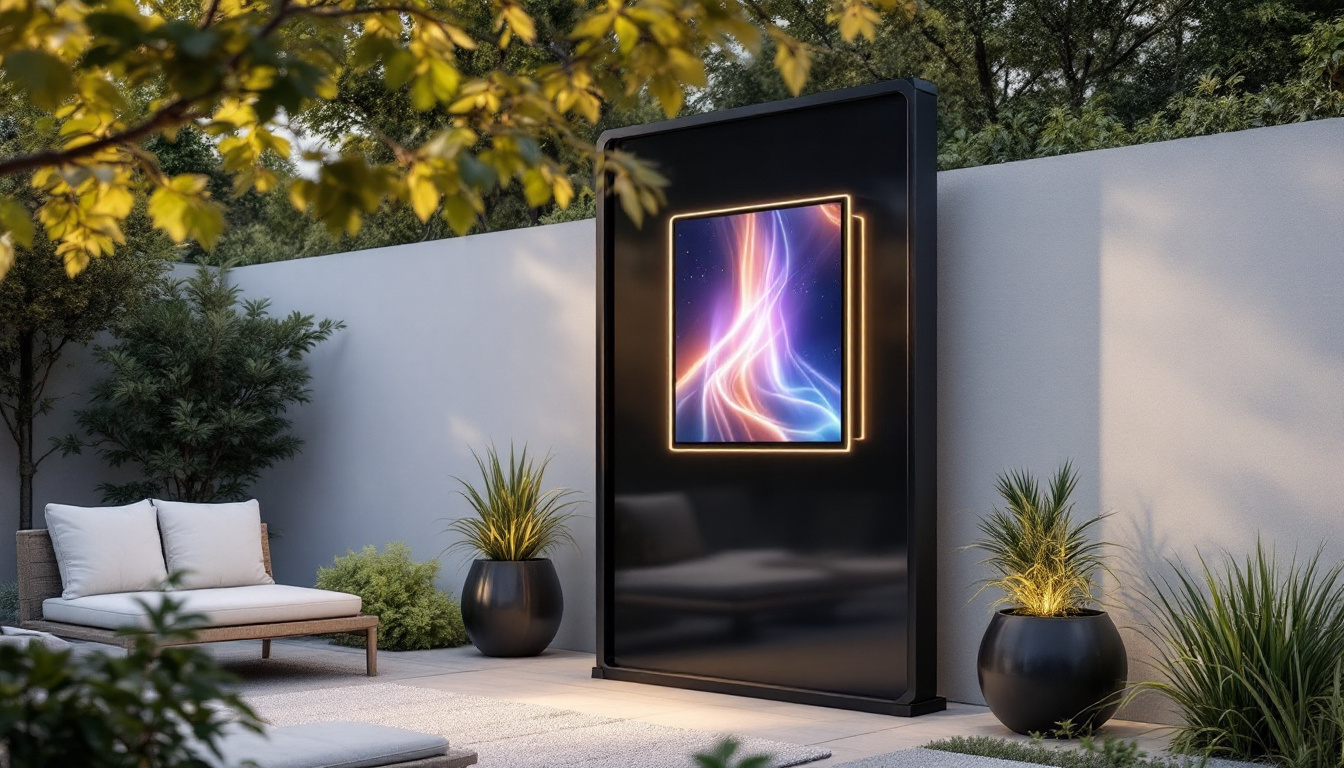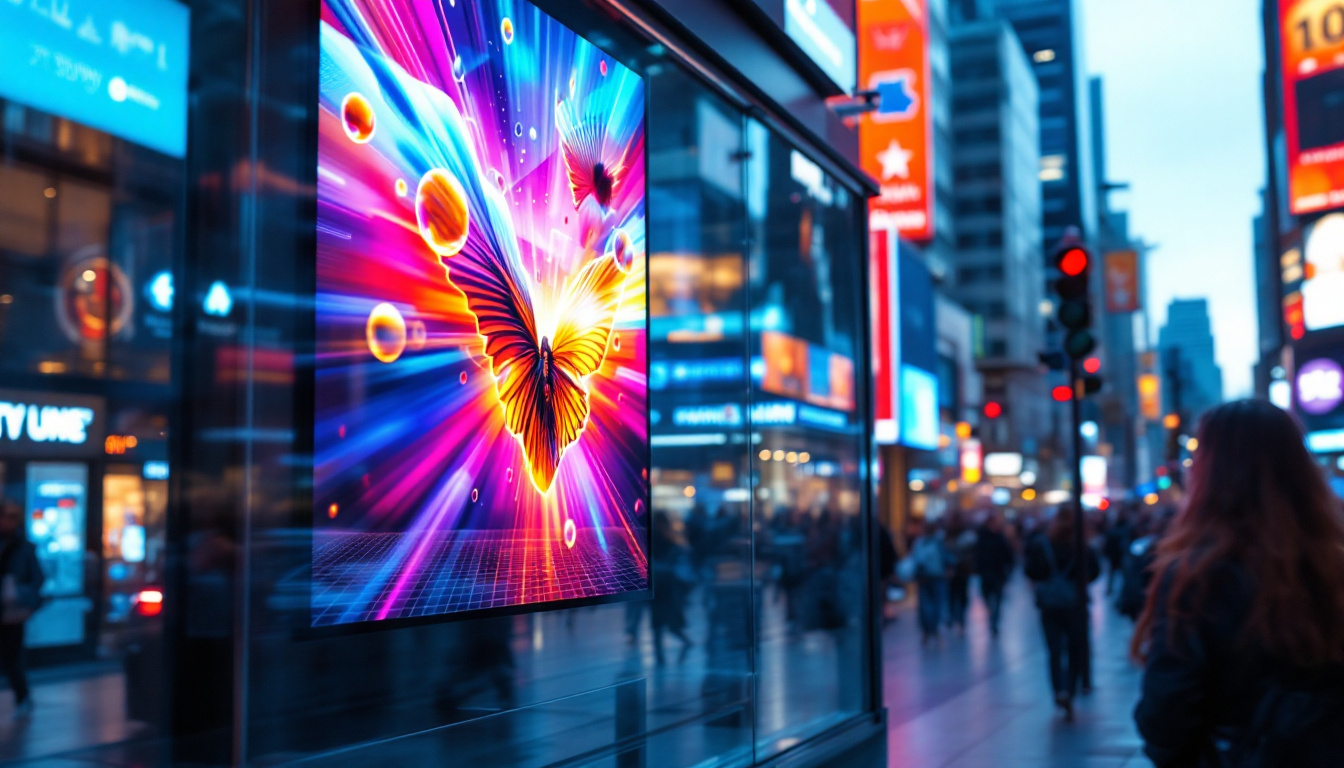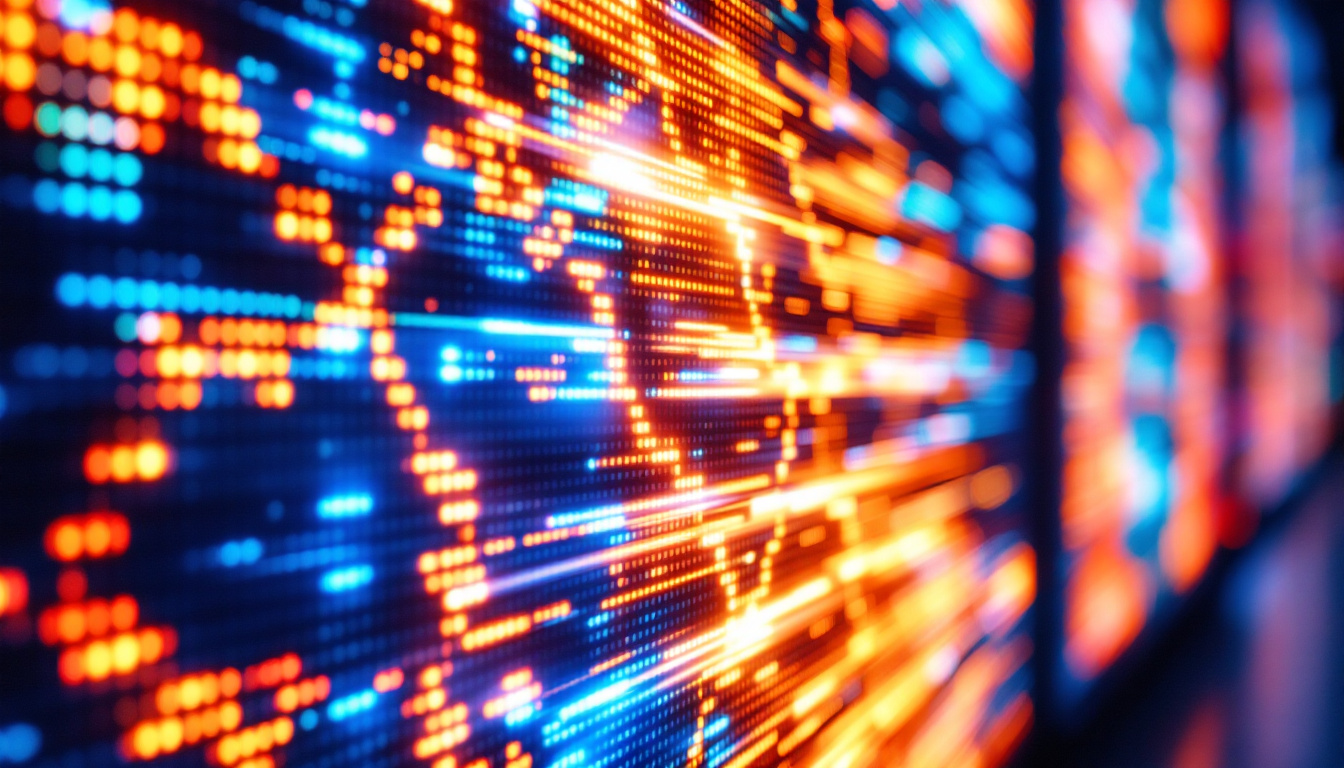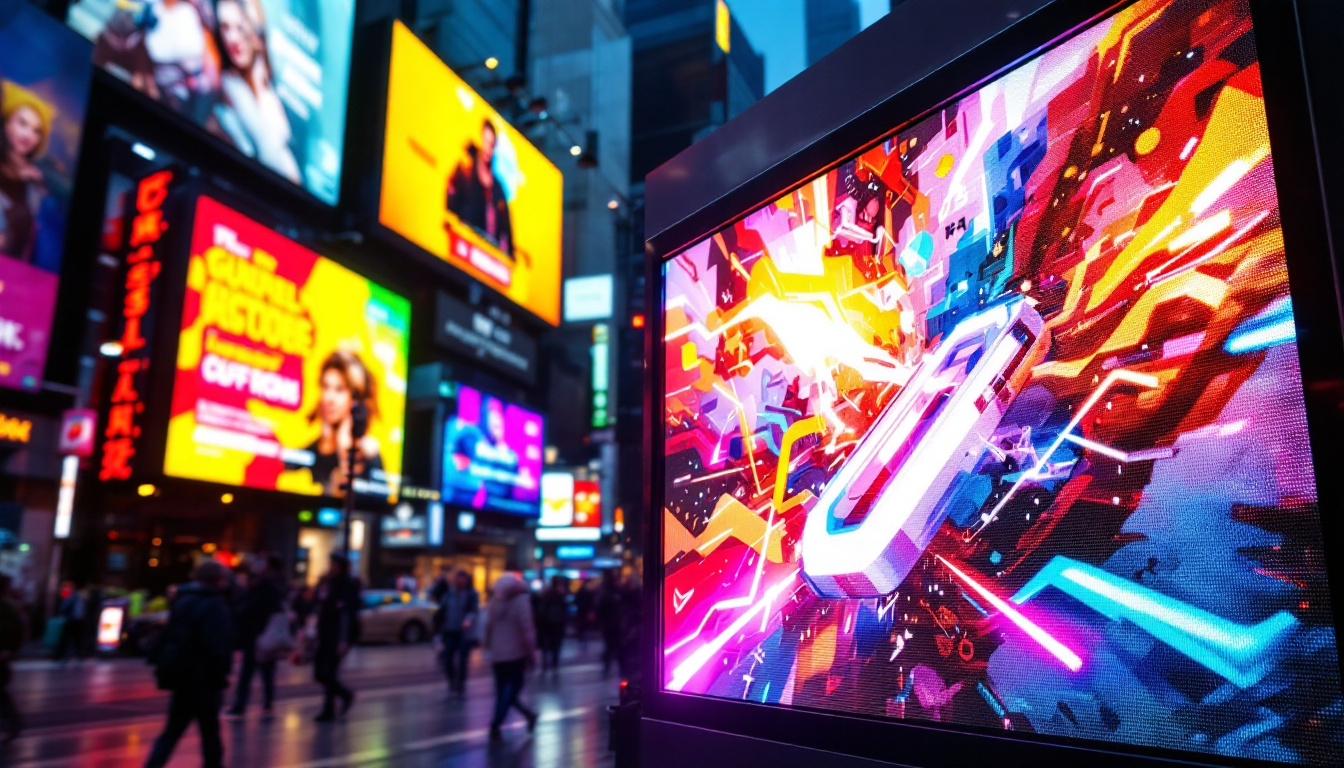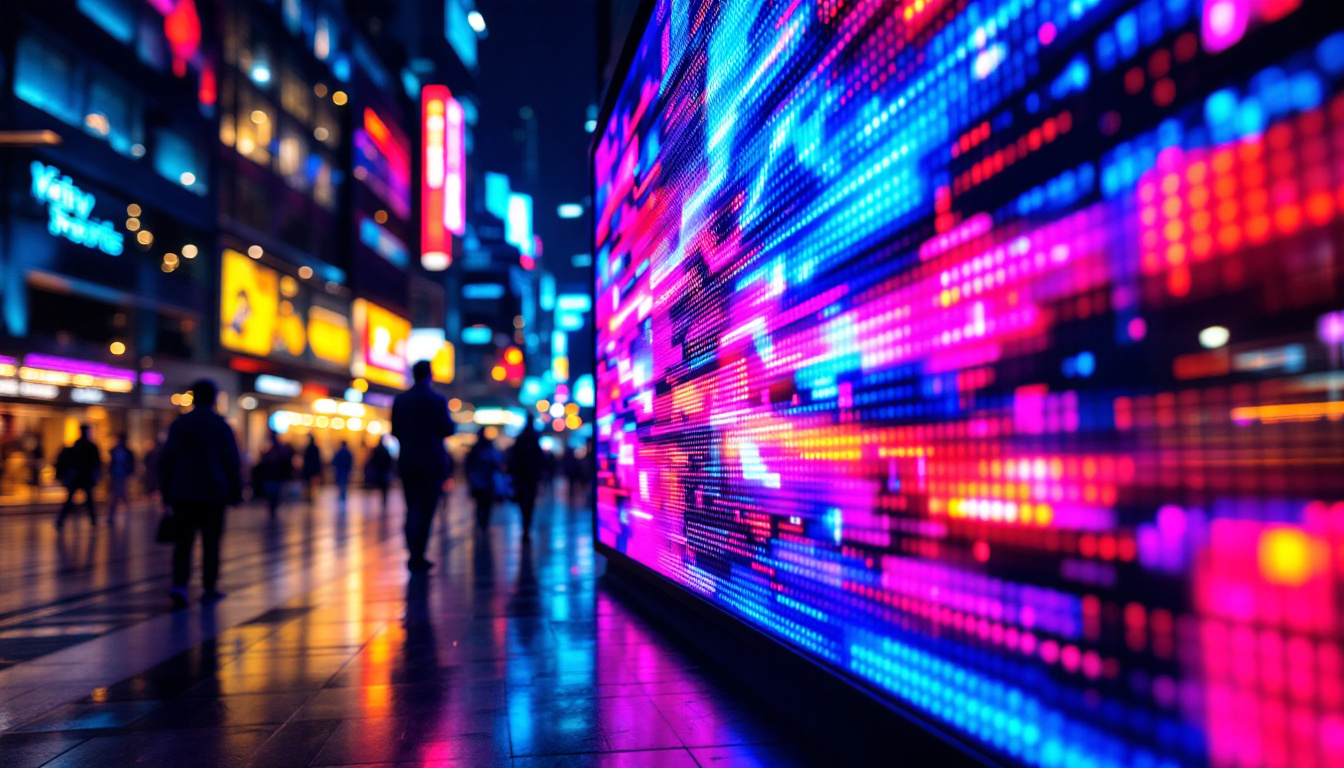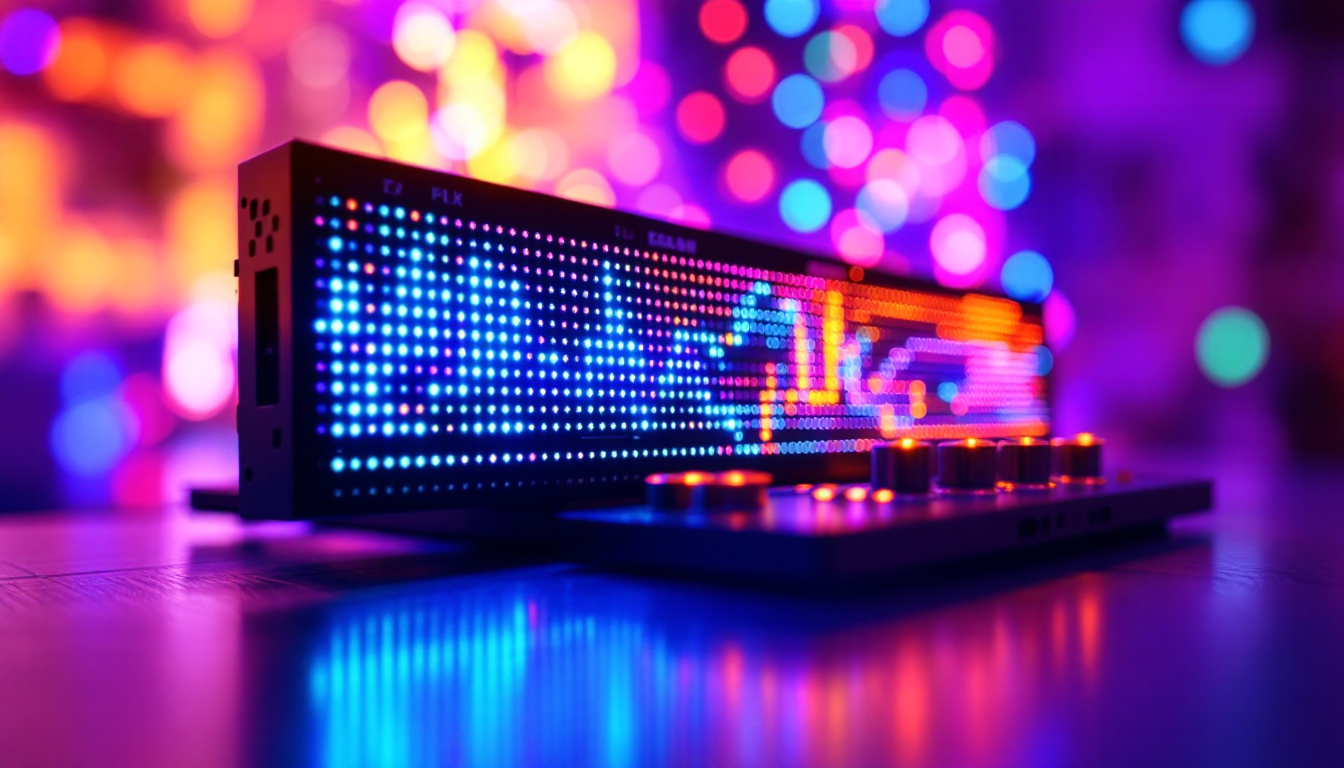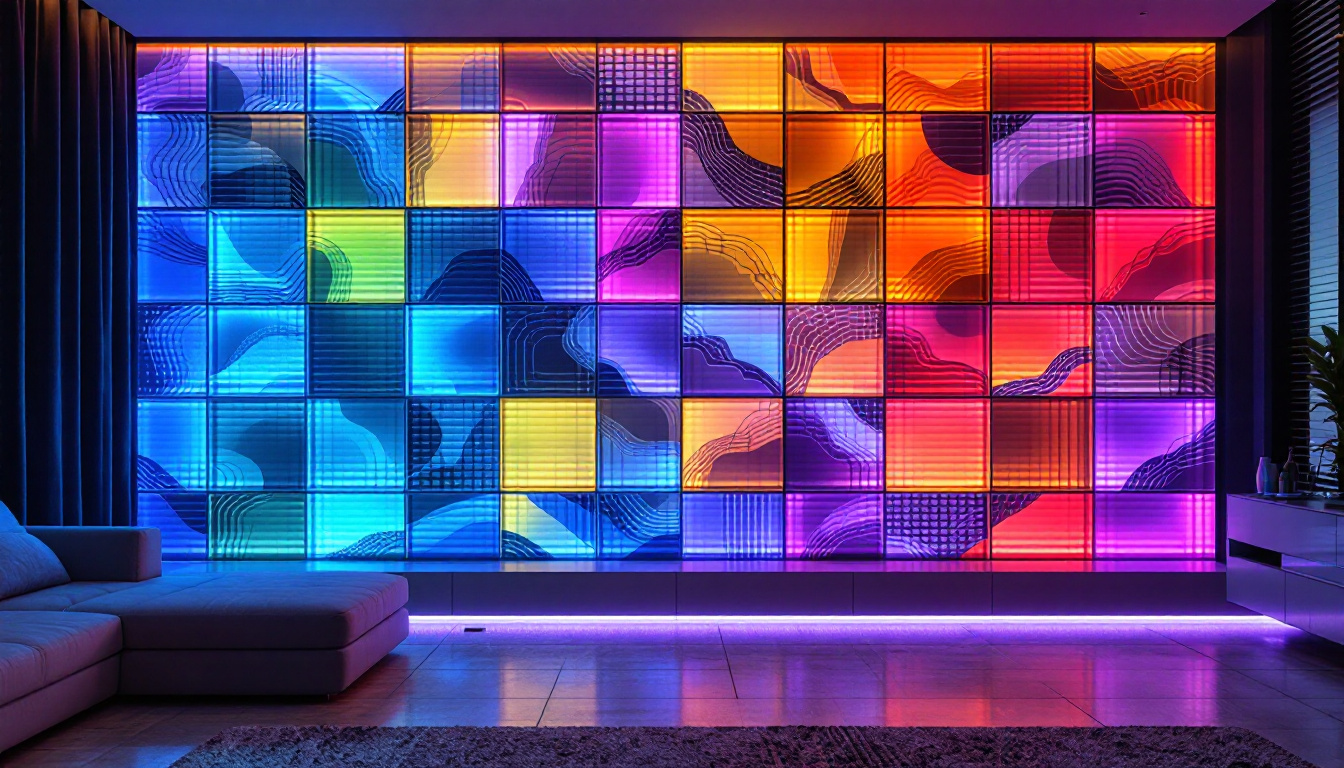In an age where visual communication is paramount, LED displays have emerged as a transformative technology for street advertising and information dissemination. These displays, characterized by their vibrant colors and dynamic content, have revolutionized the way businesses and municipalities engage with the public. This article delves into the intricacies of LED displays, exploring their functionality, advantages, applications, and future trends.
Understanding LED Technology
Light Emitting Diodes (LEDs) are semiconductor devices that emit light when an electric current passes through them. This technology has evolved significantly over the years, leading to the development of LED displays that are now commonplace in urban environments. The versatility and efficiency of LEDs have made them a preferred choice for various applications, from residential lighting to large-scale advertising. Their energy efficiency not only reduces electricity costs but also contributes to lower carbon footprints, making them an environmentally friendly option.
How LED Displays Work
LED displays consist of numerous small LEDs arranged in a grid pattern. Each LED can emit different colors, allowing for the creation of full-color images and videos. The displays are controlled by a computer system that manages the content shown, enabling real-time updates and interactive features. This capability allows businesses to tailor their advertising strategies dynamically, responding to customer behavior and market trends almost instantaneously.
The basic components of an LED display include the LED modules, a controller, and a power supply. The modules house the individual LEDs and are responsible for the visual output. The controller processes the incoming data and translates it into signals that dictate which LEDs to light up and to what intensity. Additionally, advancements in technology have led to the development of smart LED displays that can integrate with mobile applications and social media platforms, providing a seamless experience for both advertisers and consumers.
Types of LED Displays
LED displays can be categorized into various types based on their application and technology. The most common types include:
- Indoor LED Displays: These are typically used in shopping malls, conference rooms, and entertainment venues. They are designed for close viewing distances and often have higher pixel densities. The vibrant colors and sharp images make them ideal for presentations and advertisements, capturing the attention of viewers effectively.
- Outdoor LED Displays: Built to withstand harsh weather conditions, outdoor displays are larger and designed for visibility from a distance. They often feature lower pixel densities compared to indoor displays. These displays are strategically placed in high-traffic areas, such as highways and city squares, to maximize exposure and engagement with a broad audience.
- Transparent LED Displays: These innovative displays allow light to pass through, making them ideal for storefronts and exhibitions where visibility from both sides is essential. This technology not only enhances aesthetic appeal but also enables businesses to showcase products while maintaining an open and inviting atmosphere.
Another notable category is the Flexible LED Displays: These displays can be bent or shaped to fit various surfaces, allowing for creative installations in unique spaces. They are increasingly being used in art installations and architectural designs, pushing the boundaries of traditional display technology. Furthermore, High Dynamic Range (HDR) LED Displays are gaining popularity for their ability to produce a wider range of colors and contrast, delivering stunning visuals that enhance the viewing experience in both entertainment and advertising contexts.
Advantages of LED Displays
LED displays offer numerous benefits that make them a preferred choice for advertisers and information providers. Their advantages extend beyond mere aesthetics, impacting functionality, cost-effectiveness, and environmental considerations.
High Visibility and Brightness
One of the standout features of LED displays is their exceptional brightness. Unlike traditional displays, LEDs can maintain visibility even in direct sunlight, making them suitable for outdoor advertising. This high visibility ensures that messages reach a broader audience, maximizing engagement. Furthermore, the vibrant colors produced by LED technology can capture attention more effectively than other display types, making them ideal for high-traffic areas such as shopping malls, stadiums, and busy streets. The ability to adjust brightness levels also allows for optimal viewing experiences at any time of day, ensuring that content is always presented in the best light.
Energy Efficiency
LED technology is known for its energy efficiency. Compared to traditional lighting methods, LED displays consume significantly less power, which translates to lower operational costs. This energy efficiency not only benefits businesses financially but also contributes to a reduced carbon footprint. In fact, many organizations are now prioritizing LED displays as part of their sustainability initiatives, recognizing that these technologies can play a crucial role in reducing overall energy consumption. Additionally, the longevity of LED displays means that they require less frequent replacements, further minimizing waste and environmental impact.
Dynamic Content and Flexibility
LED displays can showcase a variety of content, from static images to dynamic videos and animations. This flexibility allows businesses to tailor their messages to specific audiences and events, enhancing the effectiveness of their advertising campaigns. Moreover, the ability to update content in real-time means that businesses can respond quickly to changing circumstances or promotions. This capability is particularly valuable during events or sales, where timely information can significantly influence consumer behavior. Furthermore, with advancements in technology, many LED displays now support interactive features, allowing viewers to engage directly with the content through touch or mobile devices, thereby creating a more immersive experience.
Durability and Longevity
Another significant advantage of LED displays is their durability. Built to withstand various environmental conditions, these displays are resistant to shock, vibration, and extreme weather, making them ideal for outdoor use. This robustness ensures that they can operate effectively in diverse settings, from bustling urban centers to remote locations. Additionally, LED displays have a long operational lifespan, often exceeding 50,000 hours, which means that businesses can enjoy years of reliable service without the need for frequent replacements. This longevity not only enhances the return on investment but also reduces the hassle of maintenance, allowing companies to focus on their core activities rather than worrying about display failures.
Applications of LED Displays
The versatility of LED displays has led to their widespread adoption across various sectors. From advertising to public information, these displays serve multiple purposes, enhancing communication and engagement in urban spaces.
Advertising and Marketing
In the realm of advertising, LED displays have become a powerful tool for brands looking to capture consumer attention. Their vibrant colors and motion capabilities make advertisements more engaging than traditional static billboards. Businesses can display promotions, product launches, and events, ensuring that their messages stand out in crowded environments.
Public Information Systems
Municipalities utilize LED displays for public information systems, providing real-time updates on traffic conditions, weather alerts, and public transportation schedules. These displays enhance community awareness and safety, ensuring that citizens are informed about important developments.
Entertainment and Events
LED displays are a staple in the entertainment industry, used in concerts, festivals, and sporting events. They create immersive experiences by displaying live feeds, graphics, and animations that enhance the overall atmosphere. The ability to synchronize content with audio and lighting further elevates the audience’s experience.
Challenges and Considerations
While LED displays offer numerous advantages, there are also challenges and considerations that stakeholders must address. Understanding these factors is crucial for maximizing the effectiveness of LED technology.
Initial Investment Costs
The initial cost of purchasing and installing LED displays can be significant. Businesses and municipalities must weigh this investment against the potential return on investment (ROI) through increased visibility and engagement. However, as technology advances, prices have gradually decreased, making LED displays more accessible.
Regulatory Compliance
In many regions, there are regulations governing the use of outdoor advertising displays. Stakeholders must ensure compliance with local laws regarding brightness levels, content restrictions, and placement. Failure to adhere to these regulations can result in fines or removal of the display.
Maintenance and Longevity
While LED displays are known for their durability, they still require regular maintenance to ensure optimal performance. Dust, debris, and environmental factors can affect their functionality. Establishing a maintenance schedule can help prolong the lifespan of the display and maintain its visual appeal.
Future Trends in LED Display Technology
The LED display industry is continuously evolving, driven by advancements in technology and changing consumer preferences. Several trends are shaping the future of LED displays, making them even more integral to urban environments.
Integration with Smart Technology
As cities become smarter, the integration of LED displays with IoT (Internet of Things) technology is on the rise. Smart LED displays can collect data on viewer engagement, allowing businesses to analyze the effectiveness of their advertising strategies. This data-driven approach enhances targeting and personalization, leading to improved outcomes.
Enhanced Interactivity
Future LED displays are expected to incorporate more interactive features, allowing users to engage with the content directly. Touch-sensitive screens, QR codes, and augmented reality elements can create immersive experiences that captivate audiences and encourage participation.
Sustainability Initiatives
With growing awareness of environmental issues, the LED display industry is focusing on sustainability. Manufacturers are developing energy-efficient models and exploring ways to recycle components. This shift towards eco-friendly practices aligns with global efforts to reduce waste and promote sustainability in urban settings.
Conclusion
LED displays have undeniably transformed the landscape of street advertising and public communication. Their high visibility, energy efficiency, and dynamic content capabilities make them an invaluable asset for businesses and municipalities alike. As technology continues to advance, the potential applications and benefits of LED displays are set to expand even further.
While challenges such as initial costs and regulatory compliance exist, the advantages of LED displays far outweigh these considerations. By embracing this technology, stakeholders can enhance their communication strategies, engage audiences more effectively, and contribute to the vibrant, dynamic nature of urban environments.
As the future unfolds, it is clear that LED displays will play a pivotal role in shaping how information is conveyed and how brands connect with consumers. The journey of LED technology is just beginning, and its impact on street displays will continue to evolve, offering exciting possibilities for innovation and engagement.
Illuminate Your Message with LumenMatrix
Ready to elevate your street advertising and public communication to new heights? Discover how LumenMatrix’s innovative LED display solutions can transform your brand’s visibility and audience engagement. From vibrant Indoor and Outdoor LED Wall Displays to dynamic Vehicle and Sports LED Displays, our technology is designed to captivate and inspire. Experience the future of visual communication with our Custom, All-in-One, and Transparent LED Displays. Check out LumenMatrix LED Display Solutions today and join the revolution in digital signage excellence.

